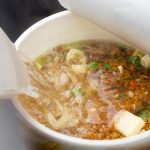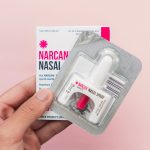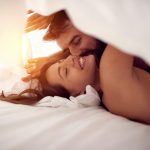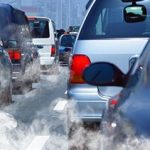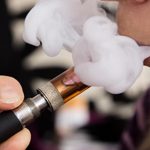
A new study builds upon earlier evidence that vaping isn’t any healthier than smoking. In analyzing epithelial cells taken from the mouths of vapers, smokers and people who had never vaped or smoked, researchers found that vapers and smokers had more than twice the amount of DNA damage as found in non-users. Those who vaped or smoked more frequently had higher DNA damage. Epithelial cells line the mouth. DNA damage is an early change associated with an increased risk for cancer and inflammatory diseases. “For the first time, we showed that the more vapers used e-cigarettes, and the longer they used them, the more DNA damage occurred in their oral cells,” said senior study author Ahmad Besaratinia. He is a professor of research population and public health sciences at the Keck School of Medicine in Los Angeles. “The same pattern held up in smokers,” Besaratinia said in a school news release. In the study, the researchers recruited 72 healthy adults who were interviewed and underwent biochemical testing. The study participants were divided into three groups: vapers who had never smoked cigarettes; smokers who had never vaped; and people with no history of smoking or vaping. The researchers also collected data on how often, and for how long, participants had smoked or vaped. They asked vapers what devices and flavors they used. The investigators then collected… read on > read on >










